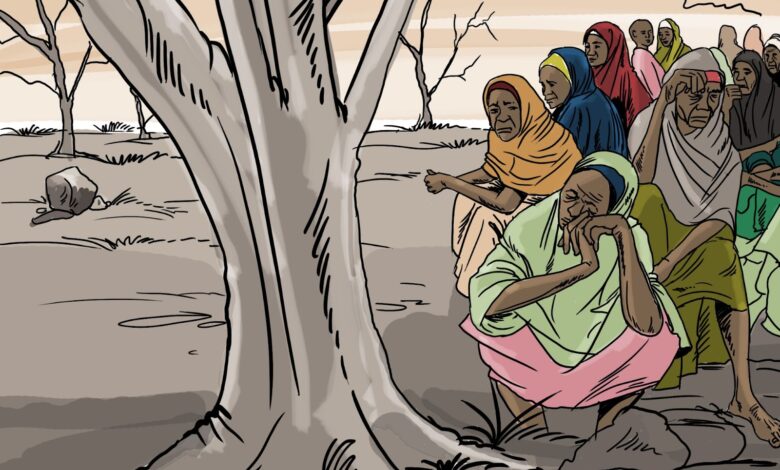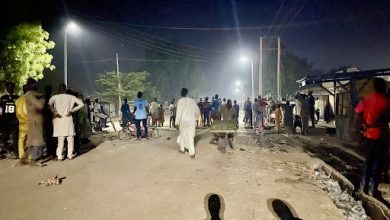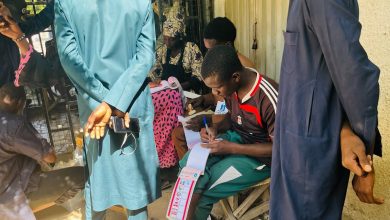Efforts To End Violence Against Women Severely Underfunded – Analysis
Efforts to end violence against women and children is being held back because of decreasing funds, a World Vision analysis reveals. This is happening in the face of increasing cases of sexual and gender based violence globally, especially in conflict-affected areas.

Despite the steep rise of sexual and gender based violence (SGBV) cases, and child marriages, funding to put a stop to the crisis has faltered, a analysis revealed.
A 163 per cent increase in child marriages was recorded globally since the COVID-19 pandemic, according to the World Vision analysis, adding that there was a 50 per cent increase in other forms of SGBV including attempted rape in the past 18 months.
Most funding to end child marriage is allocated to the countries with the highest prevalence of child marriage, the analysis noted. However, the implementation of policies and projects is met with limitations due to specific vulnerability of women and girls in conflict areas facing humanitarian crises.
In Nigeria, an estimate of 5,623 SGBV cases were recorded between 2018 and 2022 in Borno Adamawa and Yobe states of the northeast where insurgent groups still attack communities, displacing many.
A report released by Sexual Assault Referrence Center (SARC) highlighted that amongst these numbers are children. The problem is more prevalent in camps and camp-like settings where there are harsh living conditions and discriminatory practices amongst camp officials.
While sexual violence is higher in conflict affected areas, it is not limited to such places. Last year, Kano state in northwestern Nigeria compiled over 4,000 cases of SGBV in the past five years.
Dr Nasir Garko, manager of the SARC in Kano told HumAngle that there are an average of 65 cases reported on a monthly basis and majority of them are children under the ages of 15, “the youngest that was reported was two years old.”
The international community including private donors must increase funding towards the prevention and responding to sexual violence, especially against children, including child marriage, the organisation recommended.
The lack of funding and implementation is an increasingly concerning trend for nation’s states around the globe, the analysis shows. It adds that their investigation of spendings by donor governments found that only 0.15 per cent of Official Development Assistance (ODA) is targeted at ending violence against women and girls.
The organisation revealed that, “Official Development Assistance [ODA] to end violence against children has decreased by 10 per cent since 2018, and donor investment to end violence against women and girls also decreased by 30 per cent, from $606 million in 2018 to $429 million in 2020.
“Children – girls and boys – must not fall through cracks of policies and commitments to address violence against women and girls. Funding to combat problems of this scale should focus more on addressing these issues in childhood where chances of preventing long term negative consequences are the highest,” it added.
The analysis stated that there must be commitment to putting children at the heart of initiatives and projects when tackling conflict-related sexual violence.
Support Our Journalism
There are millions of ordinary people affected by conflict in Africa whose stories are missing in the mainstream media. HumAngle is determined to tell those challenging and under-reported stories, hoping that the people impacted by these conflicts will find the safety and security they deserve.
To ensure that we continue to provide public service coverage, we have a small favour to ask you. We want you to be part of our journalistic endeavour by contributing a token to us.
Your donation will further promote a robust, free, and independent media.
Donate HereStay Closer To The Stories That Matter




